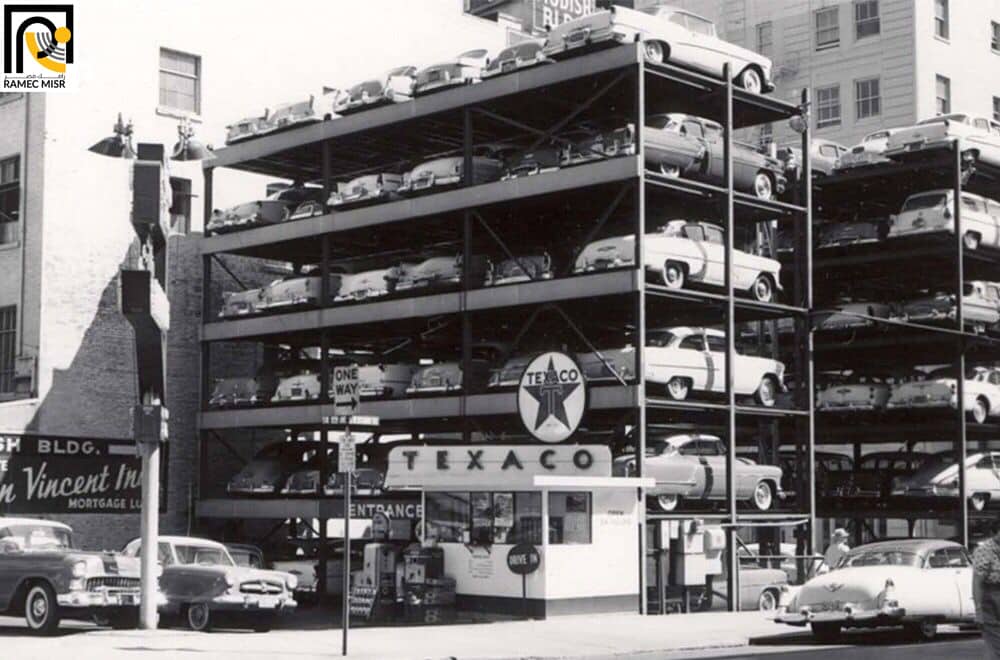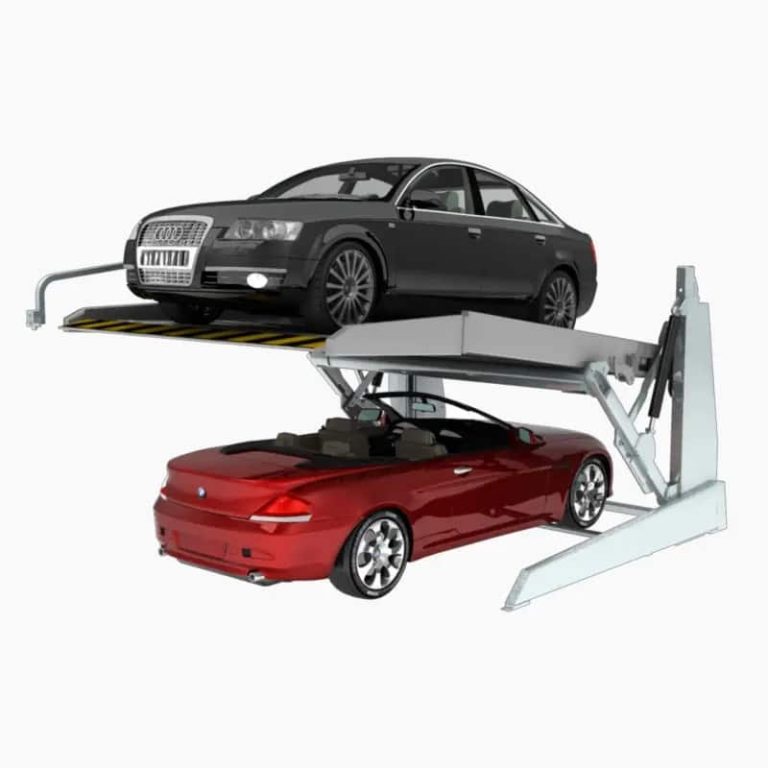The History of Smart Garages: From Spinning Wheels to Artificial Intelligence
Smart Garages have a great history, almost since the invention of cars in general.
These systems allowed cars to be moved from one place to another mechanically without the need for a driver, and allowed cars to be stacked vertically in levels to eliminate the need for large floor spaces.
Beginning in Paris
Automated parking systems appeared for the first time in Paris in 1905, in the “Rue de Ponthéo” garage, which people resorted to because of their increased need for parking spaces and the lack of places to accommodate them.
This system was very traditional. Wooden planks stacked on top of each other and iron was used to control platforms on which cars were placed and lowered by a wooden road that was removed and installed manually.
Patternoster System
But in 1920, a system called “Patternoster” appeared, which was built like a “Ferris wheel”, in which 8 cars were set in the space of two cars.
This structure quickly became popular, especially after it was used in the “Kent” garage for cars in the United States, where more than a thousand cars were stacked at once.
Washington leap
But all previous systems had major problems, as they were suffering from frequent mechanical problems, exposing cars to serious danger, in addition to the difficulty of retrieving the car, as the person had to wait for long periods until it was retrieved.
But the real leap appeared in 1951, when the first organized garage appeared in which a large number of cars were quickly entered and removed at the same speed, thanks to the technology of “Penguin” to park cars in a dynamic way that is easy to enter and exit.
Technical development
With the emergence of Internet technologies, in 2002, the United States began developing the first automated garage in Hoboken, New Jersey, and other cities began adopting it before it found its way to the rest of the world.
What prompted the countries of the world to adopt these smart garages was after global statistics recorded a significant increase in the number of new cars registered globally.
For example, a Malaysian statistic recorded, in 2006, the emergence of 458,293 new vehicles. Compared to 1999, an increase of 54.5%, which put great pressure on the transportation infrastructure. Parking became insufficient to maintain the flow of vehicles on the road.
This made the Malaysian authorities turn to modern smart parking systems, drawing on the pioneering Japanese experiences in this field.
However, Japan is currently considered a leader in this field, as the number of smart parking spaces is currently estimated at about 40,000, and it is expected to rise to 1.6 million smart parking spots in Japan by 2030.




